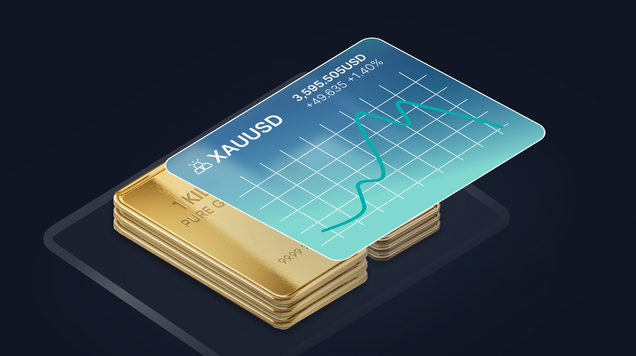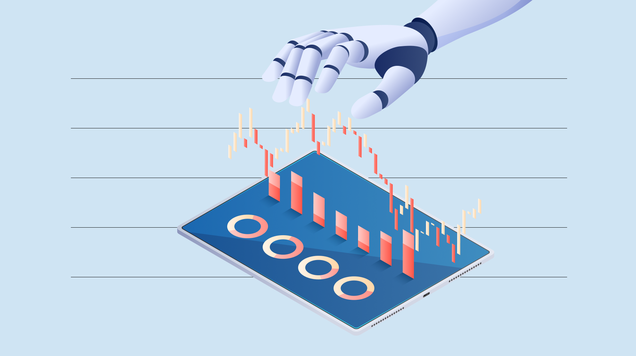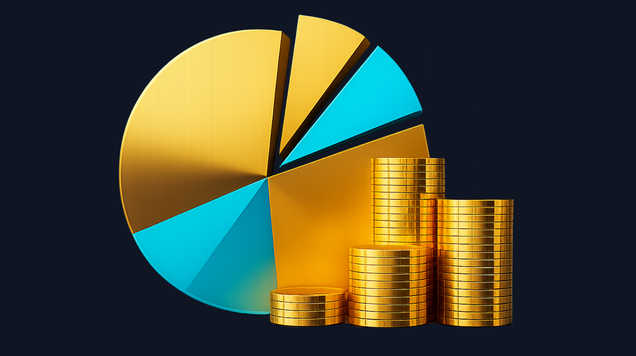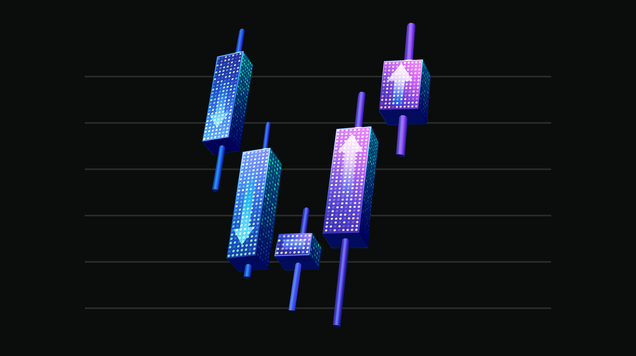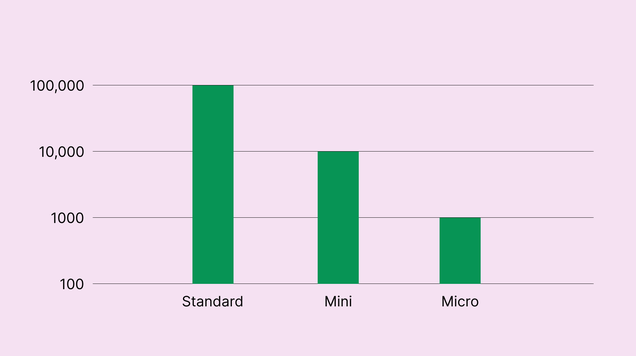What is margin in trading? Your complete guide to leverage & CFDs
When traders talk about “trading on margin,” they’re describing a simple but powerful idea: using a small deposit to control a much larger market position. This borrowed‐capital approach fuels everything from stock brokerage accounts to forex and margin CFD trading, yet it remains one of the least understood concepts in retail finance.
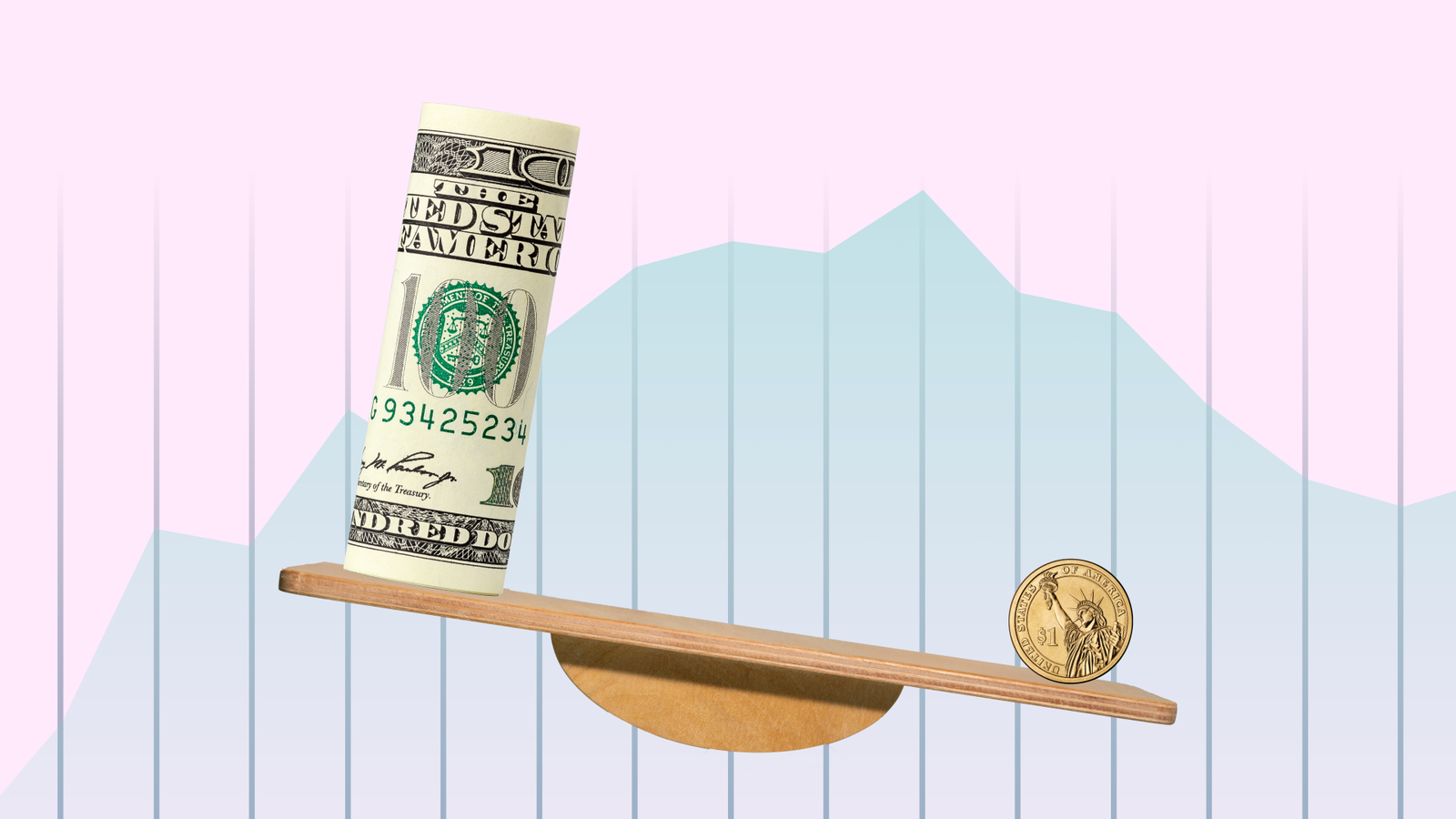
Margin meaning: the good-faith deposit a broker locks in your account to open—or keep open—a leveraged trade.
What is margin in trading? It’s both a gateway to greater buying power and a built-in risk control that triggers margin calls if equity falls too far
Leverage link: higher leverage ratios require lower margin, but amplify gains and losses.
Margin—more than just borrowed money
At its core, margin is collateral. When you open a trade larger than your account balance, the broker lends the difference and earmarks a slice of your capital as security. That locked portion—often shown as “used margin”—can’t be withdrawn until the position closes. It isn’t a fee, nor is it an extra cost; think of it as a refundable security deposit that protects the lender against adverse price moves.
How margin unlocks leverage
Most retail platforms quote margin as a percentage of notional trade size. For example:
- Stock CFD: 20 % margin ⇒ 5 : 1 effective leverage
- Major-forex pair: 2 % margin ⇒ 50 : 1 leverage
- Index future: 5 % margin ⇒ 20 : 1 leverage
Lower margin requirements translate into higher leverage, magnifying every pip or tick. A 1 % price swing on a 50 : 1 leveraged position moves account equity roughly 50 %. That’s thrilling when you’re right—brutal when you’re wrong.
Two margin layers every trader should know
- Initial (or required) margin – the amount you must post to open a position.
- Maintenance margin – the minimum equity that must stay in the account to keep the trade alive.
Drop below maintenance and you’ll receive a margin call. If you don’t add funds—or if price keeps moving against you—the broker will automatically close positions to prevent a negative balance. In forex and CFDs this forced liquidation level is often called the stop-out.
Margin in CFD trading—why the rules differ
Contracts for Difference are derivatives: you never own the underlying share, index or commodity. Because settlement is purely cash-based, brokers can offer much lower margin—sometimes as little as 1 % on liquid FX pairs—than you’d find in a traditional share-dealing account. This flexibility attracts traders who want to speculate on small price moves, hedge portfolios, or access foreign markets without currency conversion.
Yet the lure of tiny margin figures can mask danger. A 0.5 % adverse move on 200 : 1 leverage wipes out 100 % of the deposit. That’s why regulators—ESMA in Europe, ASIC in Australia, CFTC in the U.S.—now impose retail leverage caps and mandatory risk warnings for CFD providers.
A quick margin calculation example
Imagine you trade EUR/USD through a CFD broker offering 1 : 30 leverage (3 % margin). You want exposure to €100 000:
- Trade notional = €100 000 (≈ USD 110 000)
- Required margin = 3 % × €100 000 = €3 000
If EUR/USD rises 1 %, you make roughly €1 000—about 33 % on deposited margin. If it falls 1 %, equity drops the same amount. Should losses push equity below, say, 50 % of required margin (€1 500 in this example) or 20%, the broker will ask for more funds or close the trade.
Benefits—and the knife-edge risks
Upside
- Capital efficiency: tie up less cash, free the rest for diversification.
- Short-selling ease: margin lets you profit from falling markets without borrowing stock.
- Round-the-clock action: forex and many CFD indices trade 24 hours, five days a week.
Downside
- Rapid equity swings: double-digit percentage moves in minutes are common on high leverage.
- Margin calls under stress: slippage during volatile events can close positions below your planned stop.
- Psychological strain: watching large gains evaporate as quickly as they appeared tempts emotional errors.
Practical tips for healthy margin use
- Know the ratio: treat leverage as a risk dial. Most seasoned traders stick below 10 : 1 for swing trades and 3 : 1 for long-term positions.
- Risk small per idea: limit any single position to 1 % of account equity, even if the broker allows more.
- Watch free margin: keep an equity cushion above 200 % of used margin to ride routine volatility.
- Respect news calendars: slash leverage ahead of central-bank decisions or earnings reports.
- Use hard stops: combine broker stop-loss orders with mental exit rules—don’t widen stops to “give it room.”
Margin is neither a villain nor a hero; it’s a financial tool. Used wisely, it multiplies capital efficiency and opens doors to markets once reserved for deep-pocket professionals. Misused, it magnifies every trading flaw—overconfidence, poor timing, lack of a stop-loss—until the account is gone. Respect the math, manage leverage conservatively, and margin becomes your ally rather than your undoing.
FAQs
Is margin a loan?
Technically, yes. The broker extends credit for the excess not covered by your deposit, secured by that margin.
What happens in a margin call?
You must add funds or reduce exposure. Failure triggers automatic liquidation at, or sometimes below, the maintenance threshold.
Can margin requirements change overnight?
Absolutely. Brokers raise margin for volatile assets or before major news, so monitor platform notices.
Does margin trading suit beginners?
Start small. Learn risk metrics on a demo or micro account before employing live leverage.
